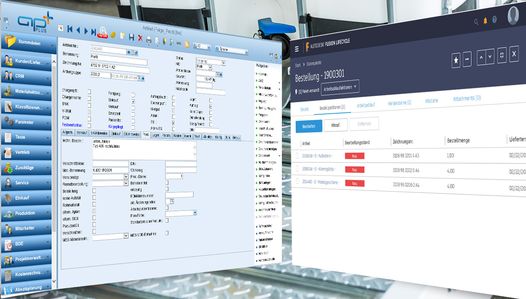“Fusion Lifecycle“: A PLM system will revolutionize our supply processes
Only some years ago, we used to send the orders for components by mail. Drawings had to be digitized, data entered manually – this was tedious work, and quite error-prone. Then, the FEIGE ERP system AP+ was introduced which allowed for download via ZIP file, which was a great improvement. But this is nothing compared to the huge step forward we are now taking with the implementation of “Fusion Lifecycle”: The PLM (Product Lifecycle Management) comprises all product data of a specific FEIGE equipment including all drawings in 2D/3D, as well as the parts list for the respective component. Without installing any software on their systems, the suppliers simply download the data on the Internet – fully automated, in a matter of seconds.
As soon as the FEIGE Production Planning Department places an order, the suppliers will receive an email with the job documents and a link, which takes them directly into the system. The suppliers can immediately access all data and will see from the customized “traffic light” indicator whether they have ever manufactured this component before. Furthermore, all persons involved can see anytime whether the job has been accepted, whether it is in progress, or whether there are problems requiring a modification, for example. Another benefit: The entire manufacturing process from order placement up to delivery is transparent for every person involved at any time. All steps are recorded and can be traced retrospectively.
The “Fusion Lifecycle” system is based on a PLM by Autodesk, which was customized for FEIGE. To this end, we identified the individual requirements and needs, also in workshops together with our suppliers. In this way, we were able to answer many questions and get many stumbling blocks out of the way before launching the project. Yet, the system can do much more than what is visible in this first phase: In a next step, for example, we are going to integrate service and repair. Then, access to all data will also be possible for our service technicians all over the world – 24/7, within seconds, comprehensively.


